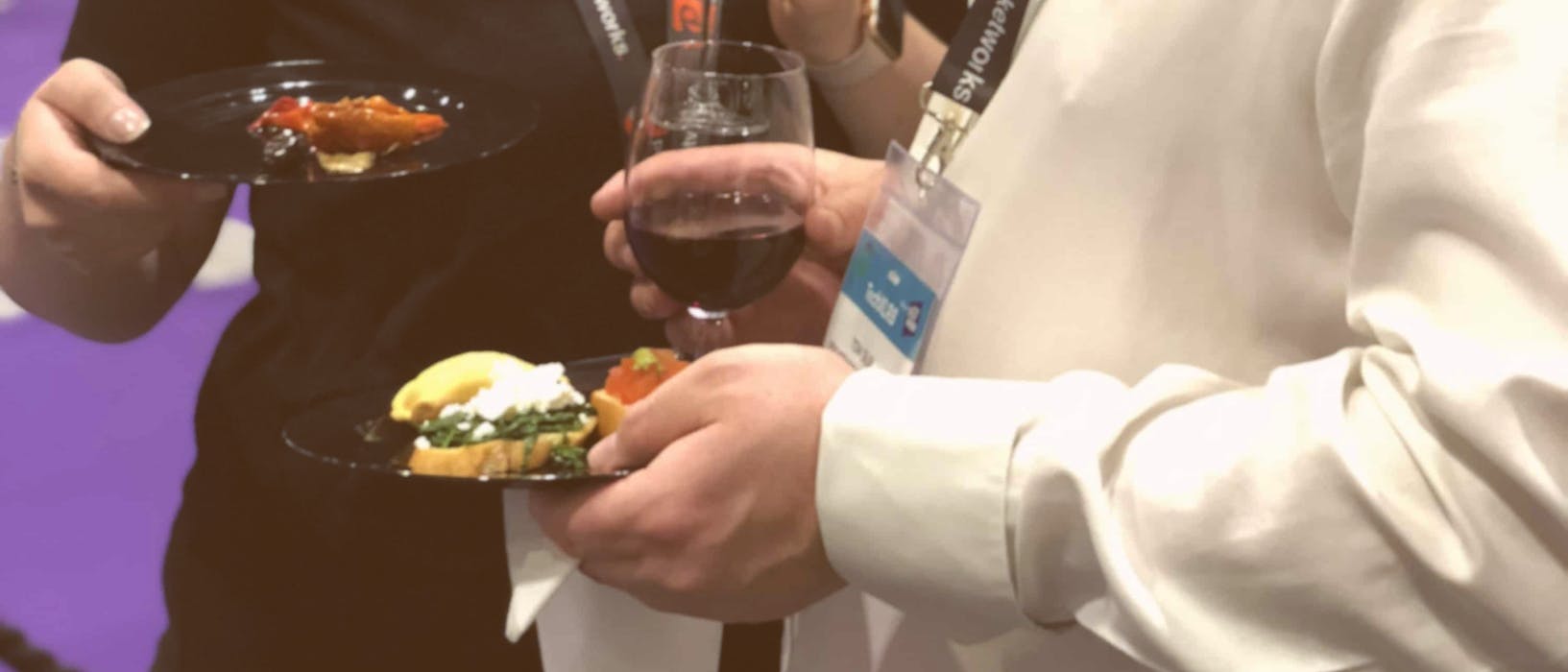Here’s a quick wrap up of what we learned at IoT World London, 2017.
It’s epic. 13,800 attendees, 800 speakers, 300 exhibitors
Internet of Things World London brings together vendors, manufacturers and services providers. It’s part of the larger TechXLR8 event that covers AR & VR, AI, mobile apps, the cloud, DevOps and connected cars. Cool stuff.
IoT had the largest attendance of all these categories, which is an hat-tip to the huge growth this market has seen over the last two years.
Manufacturers Curious about IoT
Many of the people we spoke to were technical directors or product managers for manufacturing companies. They came from industries including the cold chain, consumer electronics, and utilities. Most represented companies who are curious about incorporating IoT into their products.
It was early days for many of them because an IoT project is a big undertaking. That said, almost everyone we spoke to had a live opportunity with IoT, their challenge was actually making something of it in a short timeframe.
Cost savings, not revenue generation
The talk by Microsoft was interesting.
They explained that most of their clients interested in IoT are using it for cost savings rather than revenue generation.
For example, a lift manufacturer would use IoT to pre-emptively detect when things would fail. They could then plan engineer time more efficiently, allowing them to take work to a route rather than more costly ad-hoc maintenance visits.
Also, by being proactive about maintenance, manufacturers were increasing their product availability – which in turn prevents loss of revenue due to outages.
FBI on IoT security
Arlette Hart, Chief Information Security Officer for the FBI, gave a talk about IoT security. This is obviously a huge concern in the industry. There are some pretty scary consequences when you consider what could go wrong if smart devices are compromised.
There are some pretty scary consequences when you consider what could go wrong if smart devices are compromised. At one end of the scale you have connected children’s toys, and at the other you have medical implants and life support systems.
Arlette explained that security is still very much a human problem. For example, in the world of enterprise infrastructure, something like 80% of server hacks in the last 12 months were due to security patches not being applied.
And, companies know they need to apply these patches, they just don’t prioritise it.
If this level of ignorance is then adopted by IoT suppliers, the consequences could be much worse than server compromises.

